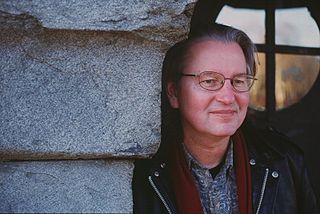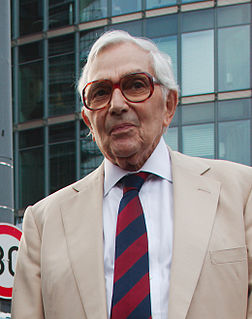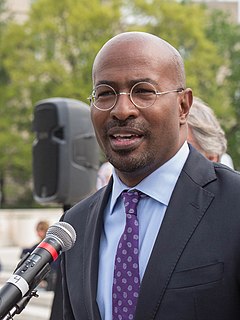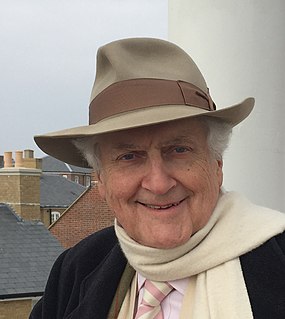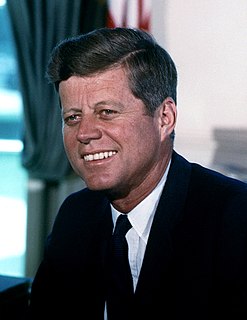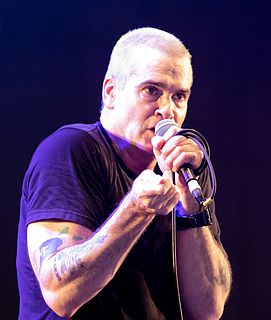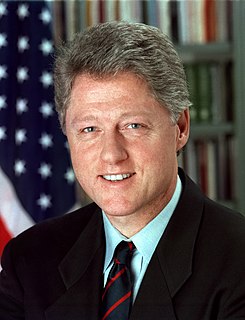A Quote by Bruce Sterling
Architects thrive after massive urban disasters. The abject collapse of East Berlin gave us the only city in Europe with a mighty host of Postmodern skyscrapers.
Quote Topics
Related Quotes
There seems to be a passive alliance between Vladimir Putin and Donald Trump and that's unprecedented in its form and dangerous in its content, because Russia is our most dangerous geopolitical opponent because of the desires that they have in the Middle East and because of their desire to break up Europe. And in the United States, we spent a lot of blood and a lot of treasure trying to keep Europe intact and democratic, and trying to keep the Middle East from being only influenced by people who are massive fans of [Syrian President] Assad and massive fans of the Iranians.
Art deals with profound and simple moods. Let us suppose that the artist - in this instance (the artist) Picabia - gets a certain impression by looking at our skyscrapers, our city, our way of life, and that he tries to reproduce it. He will convey it in plastic ways on the canvas, even though we see neither skyscrapers nor city on it.
I felt that there's an obligation when writing a piece about an urban expressway made in the 50s to acknowledge the context, and Robert Moses is sort of an iconic figure in New York, and he influenced the shape of the city more than anyone else before or after him. He was one of the most powerful and influential civic architects in the world, because of how much he transformed the city. He built multiple bridges and highways and parks and recreational spaces, beaches - in the course of a few decades, he completely changed the city
A city can only be reconstructed in the form of urban quarters. A large or a small city can only be reorganized as a large or a small number of urban quarters; as a federation of autonomous quarters. Each quarter must have its own center, periphery and limit. Each quarter must be a city within a city.
There are many people in the world who really don't understand, or say they don't, what is the great issue between the free world and the Communist world. Let them come to Berlin. There are some who say that communism is the wave of the future. Let them come to Berlin. And there are some who say in Europe and elsewhere we can work with the Communists. Let them come to Berlin. And there are even a few who say that it is true that communism is an evil system, but it permits us to make economic progress. Lass' sie nach Berlin kommen. Let them come to Berlin.
Chocolate and candy. That's what we brought in to our friends. We worked in East Berlin with other artists who were smuggled out to come work in the Western Bloc. It was extraordinary because people in East Berlin just wanted to know what was happening. Music. Fashion. The news. All of the things we get every day.
In 1995, I went to Berlin to acting school, which was in East Berlin. And I decided to live in the east, because I thought if I go to West Berlin, I might as well stay in Stuttgart in the West because I know all the signs, and the way we deal with each other, and I wanted to get to know the other part of Germany and how they lived and what their history was and their biography. In that period of time, I learned a lot, and it helped me a lot.
I tell you, my fellow Americans, that if we learned anything from the collapse of the Berlin Wall and the fall of the governments in Eastern Europe, even a totally controlled society cannot resist the winds of change that economics and technology and information flow have imposed in this world of ours. That is not an option. Our only realistic option is to embrace these changes and create the jobs of tomorrow.
Cities must urge urban planners and architects to reinforce pedestrianism as an integrated city policy to develop lively, safe, sustainable and healthy cities. It is equally urgent to strengthen the social function of city space as a meeting place that contributes toward the aims of social sustainability and an open and democratic society.
